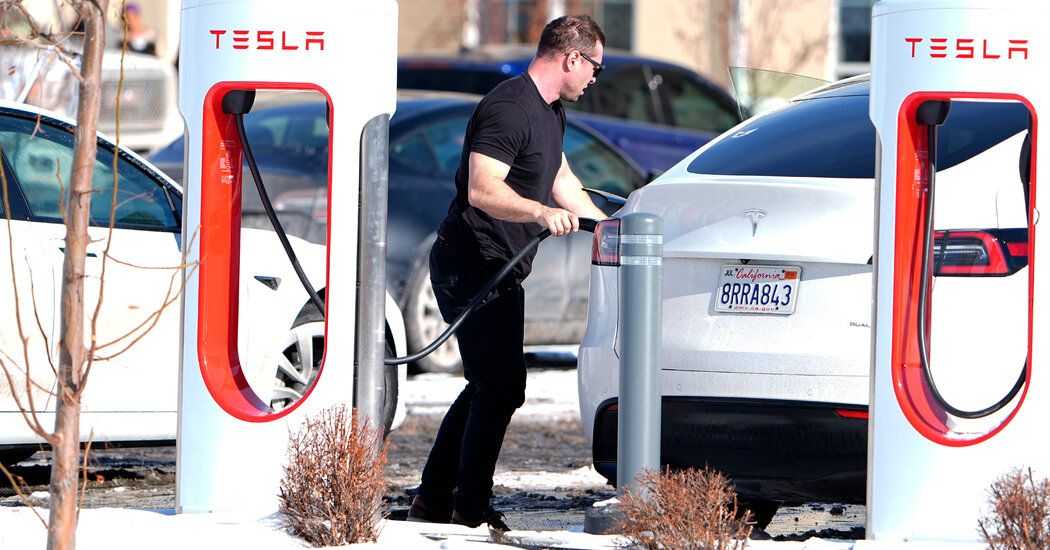Charging stations in Norway have longer queues in winter than in summer, as vehicles take longer to charge in colder climates, but that has become less of a problem in recent years since Norway has built more charging ports. load, Godbolt said, citing a recent report. member survey. Additionally, most people in Norway live in houses, not apartments, and almost 90 percent of electric vehicle owners have their own charging stations at home, he said.
Worldwide, 14 percent of all new cars sold in 2022 were electric, up from 9 percent in 2021 and less than 5 percent in 2020, according to the International Energy Agency, which provides data on energy security. In Europe, Norway, Sweden, Iceland, Finland and Denmark had the highest share of electric vehicles in new car registrations in 2022, according to the European Environment Agency.
Cold weather is likely to be less of an issue as companies update electric vehicle models. Even in recent years, companies have developed capabilities that allow newer models to be more efficient in the cold. “These new challenges arise and the industry innovates to solve not completely, but at least in part, many of these problems,” Godbolt said.
All vehicles, including those powered by diesel or gasoline, perform worse in cold weather, said James Boley, spokesman for the Society of Motor Manufacturers and Traders, a trade association representing more than 800 car companies in Britain. He said the problem was not so much the ability of electric vehicles to perform well in cold climates, but rather the inability to provide necessary infrastructure, such as charging stations.
With a car that runs on gasoline or diesel, drivers have complete confidence that they will find gas stations, so they focus less on their lower efficiency in cold weather, he said. “If there is no electric vehicle charging infrastructure, it may be a bigger concern.”










